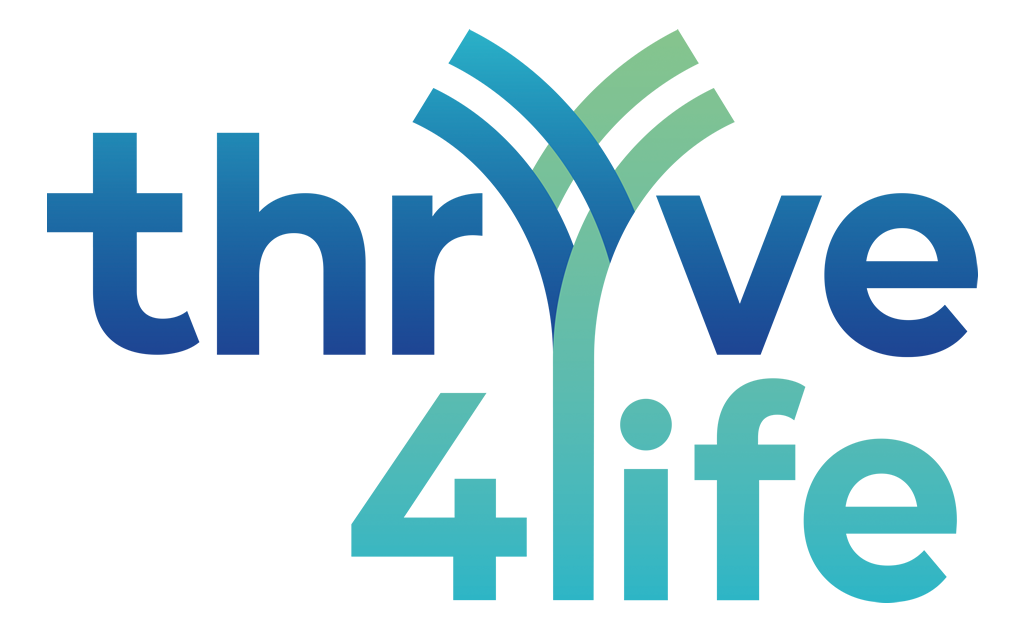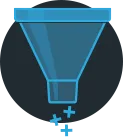Summary
Learn how to write blog content that doesn’t just sit there - but actually drives leads. This post covers everything from using Google’s E-E-A-T principles and scannable formatting to writing with purpose and adding strong calls to action, so your content works harder for your business.
We’ve all been there - spending hours crafting the perfect blog post, only for it to quietly gather digital dust. It might get a few clicks, maybe even a social share or two... but leads? Nowhere to be seen.
The truth is, not all content is created equal, especially when it comes to converting readers into real, ready-to-buy customers.
In this guide, we’ll explore what Google actually wants from your blog content, how to build trust using E-E-A-T principles, and why you need clear, strategic calls to action if you want them to pull their weight.
First Things First: What Does “Converting” Actually Mean?
Not every blog has to sell something directly. But it should move people closer to taking action - whether that’s:
- Filling in a contact form
- Downloading a guide
- Booking a free consultation
- Signing up to your newsletter
- Or even just reading another page on your site
To do that, you need more than just good words. You need clarity, structure, trust... and a clear sense of purpose.
And that’s where strategic content marketing comes in.
When your blog content is aligned with a broader strategy, one that’s tailored to your ideal audience and backed by clear goals - it becomes much easier to guide users through your funnel. Whether you're raising awareness or encouraging action, each piece of content should have a role to play.
What Google Wants to See: Helpful Content + E-E-A-T
In Google’s eyes, blogs should do more than entertain – content must genuinely help people. That’s where the E-E-A-T framework comes in:
- Experience – Have you actually done the thing you’re writing about?
- Expertise – Are you qualified to speak on the topic?
- Authoritativeness – Is your site known as a trusted source in your field?
- Trustworthiness – Can people believe what you’re saying?
Let’s say you run a private dental clinic and you’re writing a blog about oral hygiene. A title like “5 Signs You Might Need a Dental Check-up” is a great place to start - but to really stand out, you need to demonstrate your expertise, not just echo generic advice. Include insights from your dentists, mention how you approach preventative care differently, or reference the latest guidance from UK dental bodies.
Tip: Use real-life examples, testimonials, or stories from your work to add credibility.
Writing for People (And Pleasing Search Engines)
Google’s algorithm may be clever, but it’s ultimately trying to serve people. Here’s how to hit the mark on both fronts with your content marketing strategy:
Start with a clear purpose
Before you write, ask yourself: What do I want this blog to achieve? Choose one goal and structure your content around it.
Use clear, keyword-rich headings
Break up your blog with headings that include relevant search terms - this helps both SEO and the quality of your content.
Add internal links
Point people to related services, products, or other useful content on your site. It keeps readers engaged and helps Google understand your site structure.
Make it scannable
Use bullet points, short paragraphs, bold highlights, and images to make your blog easy to skim.
Not only does this improve the user experience, but it also helps your content get picked up more effectively by Google’s AI Overviews (formerly known as Search Generative Experience). Well-structured, scannable content is more likely to be summarised and shown in AI-generated results - getting your blog in front of more eyes, faster.
Don’t Forget the Human Side!
It’s easy to get caught up in pleasing Google - but remember, it’s real humans who read (and convert).
Write in a friendly, natural tone. Avoid jargon. Speak directly to your reader’s needs and challenges. Make them feel understood.
If your content reads like a conversation rather than a textbook, you're on the right track.
The Power of a Strong CTA
One of the most common mistakes we see? Great blog content with no clear next step.
If you’ve got someone’s attention, don’t waste it. Tell them what to do next - with clarity and confidence:
- Want readers to book a call? Say: “Get in touch today to schedule your free consultation.”
- Promoting a service? Try: “Explore our content strategy packages and see how we can help you grow.”
- Offering a resource? Use: “Download our free guide to boosting your blog’s performance.”
Every blog should end with a purpose-led CTA - because traffic without action isn’t useful.
Bonus Tips to Boost Conversions from Your Blog
- Add a lead magnet – Think checklists, cheat sheets, or free downloads that tie into your blog topic. Read more about lead magnets here.
- Use trust signals – Include testimonials, case studies, or client logos where relevant.
- Repurpose it – Turn key points into a LinkedIn post, email teaser, or carousel for Instagram. More eyes = more leads. Read more about repurposing blog content here.
Content Is Still King - But Strategy Is Queen
If your blog is well-written, well-targeted, and backed by real experience, you’re already halfway there. But to convert, it needs to be helpful, human, and have a clear direction.
Write with a purpose. Speak to your audience. Show your expertise. And always, always include that next step.
Need help creating blog content that ranks and converts?
At Website Success, we write SEO-friendly, value-packed content that builds trust, drives traffic, and turns readers into leads.
Let’s chat about your content marketing strategy, call our Chichester digital marketing agency on 01243 888555 or click here to book a chat in the diary.





























